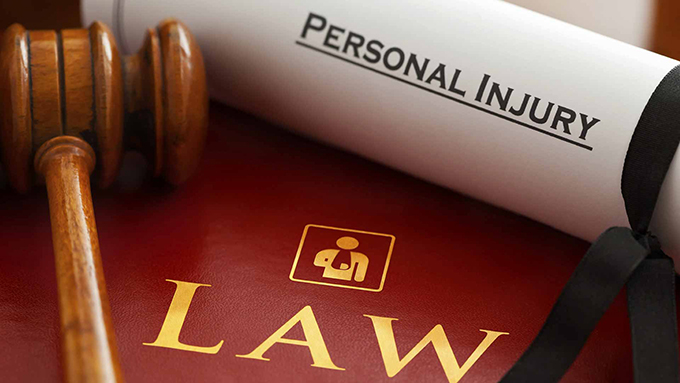
At what point does a lawsuit grow from personal to class action? And how is that determined? Personal injury lawsuits serve as a crucial avenue for individuals seeking compensation for damages resulting from accidents, negligence, or intentional harm. That changes when there is a greater number of individuals injured by the same party. In one suit that would certainly keep Knoxville personal injury lawyers busy, Kingston coal ash workers settled a class action lawsuit due to health problems caused by a catastrophic coal spill in 2008. How does it all come together in a nice, neat class-action lawsuit?
Understanding Personal Injury Lawsuits:
First things first, a personal injury lawsuit arises when an individual, the plaintiff, alleges that they have sustained physical, emotional, or financial harm due to the negligence or deliberate actions of another party. Such cases commonly involve scenarios like car accidents, medical malpractice, defective products, or premises liability. In a personal injury lawsuit, the plaintiff seeks compensation, known as damages, to cover medical expenses, lost wages, pain and suffering, and other losses incurred as a result of the injury.
Factors Paving the Way for Class Action Status:
The transition from a single personal injury claim to a class action lawsuit typically occurs when multiple individuals experience comparable harm from the actions of a common defendant or entity. Several factors contribute to this evolution:
Common Issues and Defendants: When numerous individuals suffer harm stemming from the same underlying cause, such as a defective product or environmental pollution, the consolidation of claims becomes feasible. Similarly, if the alleged harm can be traced back to a single defendant or a group of defendants, consolidating the cases under a class action framework streamlines litigation and ensures uniformity in adjudication.
Economic Feasibility and Efficiency: Pursuing individual personal injury claims can be economically impractical for plaintiffs, especially when the damages are relatively small or when the costs of litigation outweigh potential recoveries. By consolidating claims into a class action, plaintiffs can pool resources, share legal costs, and benefit from the efficiency of collective litigation, thereby enhancing access to justice.
Judicial Economy and Resource Conservation: Class actions offer advantages in terms of judicial economy by allowing the courts to resolve similar claims in a single proceeding rather than adjudicating numerous separate lawsuits. This approach conserves judicial resources, reduces court congestion, and promotes consistent outcomes by addressing common legal and factual issues in a unified manner.
Legal Process and Certification:
The transformation of individual personal injury claims into a class action entails a formal certification process, governed by procedural rules and legal standards. Key steps in this process include:
Class Certification Motion: The plaintiff(s) seeking class action status must file a motion with the court requesting certification of the class. To obtain certification, the plaintiffs must demonstrate that the proposed class meets specific criteria, typically including numerosity (a sufficiently large number of class members), commonality (shared legal or factual issues), typicality (representative claims by the named plaintiff), and adequacy of representation (competent and committed class counsel).
Notice to Class Members: Once the court certifies the class, notice is provided to potential class members informing them of their inclusion in the lawsuit and their rights to opt-out or participate in the litigation. This notice ensures that class members have an opportunity to make informed decisions regarding their involvement in the case.
Class Action Fairness Hearing: Before proceeding to trial or settlement negotiations, the court conducts a fairness hearing to evaluate the proposed settlement or litigation plan. During this hearing, the court assesses whether the terms of the settlement or litigation strategy adequately protect the interests of class members, considering factors such as the strength of the claims, the adequacy of representation, and the fairness of the proposed distribution of damages.
The evolution of a personal injury lawsuit into a class action represents a significant transformation in the pursuit of justice for individuals harmed by common defendants or circumstances. By consolidating claims, promoting efficiency, and enhancing access to justice, class actions play a vital role in holding wrongdoers accountable and providing meaningful relief to injured parties.
However, the certification process and management of class actions pose complex legal challenges, requiring careful consideration of procedural requirements, substantive law, and the interests of all stakeholders involved. Through a balanced approach that prioritizes fairness, efficiency, and accountability, the class action mechanism continues to serve as a potent tool for addressing widespread harm and promoting the collective interests of injured individuals.
